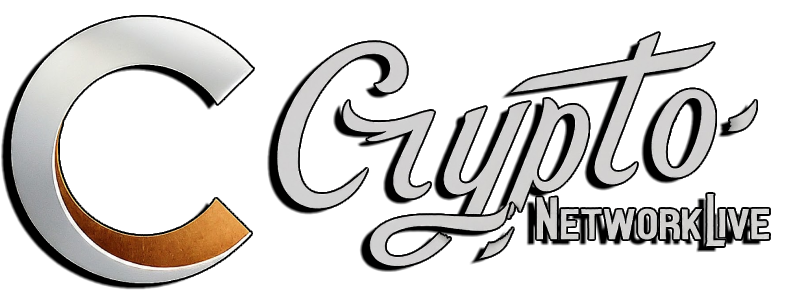The Role of Grass in the AI Stack
Over the past few weeks, I’ve delved into the transformative role of Grass in the AI stack. Grass is a crucial component that enables builders to access web data necessary for training their AI models. This initial step is fundamental to the AI pipeline and sets the stage for all subsequent development.
Grass operates through a global network of residential devices that host nodes, which scrape and process raw web data. This data is then cleaned and structured into datasets for AI training. Importantly, this process involves and rewards nearly a million participants worldwide, creating a new category of AI data provisioning. This is why some of the world's leading AI companies have chosen to work with Grass—it is the Data Layer of AI.
"Getgrass Epoch 5 Explained"
Tackling AI's Data Transparency Issue
Recently, I’ve been reflecting on the pressing issues facing artificial intelligence, particularly data transparency. Consider the alarming examples where AI models generate biased or inaccurate outputs. These issues often stem from the data used to train these models, which can be flawed or deliberately manipulated.
The root problem is a lack of transparency—there's currently no way to verify the origins of the data used in AI training. This is the problem Grass aims to solve with its new layer 2 data rollup.
How Layer Two Will Establish Data Provenance
Grass is developing a system to prove the origin of AI training data. This involves recording metadata every time Grass nodes scrape data, which verifies the source of the data. This metadata will be embedded in every dataset, providing builders and users with certainty about the data's provenance.
This significant upgrade will expand Grass's capabilities to handle millions of web requests per minute, necessitating a layer 2 solution for validation and data lineage preservation. This layer 2 will be a sovereign rollup with a ZK processor to batch metadata for validation.
"New Airdrop Dunes Restaking Airdrop Explained"
The Architecture of Grass
Understanding Grass's upgrades is best done through its architecture. Traditionally, Grass operates between clients and web servers, where data is scraped, cleaned, processed, and prepared for AI training.
With the new layer 2, two major additions will be introduced: the Grass Data Ledger and the ZK Processor.
The Grass Data Ledger
This ledger will store every dataset scraped by Grass, now embedded with metadata that documents its lineage. Proofs of this metadata will be stored on Solana’s settlement layer, providing a permanent record of data origins.
The ZK Processor
The ZK Processor will help record the provenance of datasets by settling data on-chain without revealing sensitive information. It will handle the vast throughput required to validate millions of web requests per minute, making the layer 2 solution essential.
Layer Two Benefits
The Grass Data Ledger and ZK Processor introduce significant benefits:
- Combating data poisoning
- Empowering open source AI
- Providing user visibility into AI model training
These innovations will enhance Grass's expansion, allowing it to store and curate data for AI training, ultimately contributing to a more transparent and reliable AI development ecosystem.
Conclusion
To sum up, Grass is addressing the critical issue of data transparency in AI by developing the first ever layer 2 data rollup. This system will record metadata to verify the origins of all datasets, ensuring AI models are trained with integrity.
The integration of ZK proofs and a dedicated data ledger will provide the infrastructure necessary for transparent and reliable AI development. These upgrades will open new opportunities for developers, fostering an environment of trust and innovation.
If you're interested in building on Grass or learning more, please reach out on Discord. Stay tuned for more updates and thanks for your support!
Frequently Asked Questions (FAQ)
What is Grass?
Grass is a layer 2 data rollup designed to enhance AI data provisioning and transparency by recording metadata for web-scraped data.
How does Grass ensure data transparency?
Grass records metadata for each dataset scraped, embedding this information to verify data provenance and ensure AI models are trained correctly.
What are the benefits of the Grass Data Ledger?
The Grass Data Ledger stores all datasets with their provenance metadata, enabling transparent AI development and combating data poisoning.
What role does the ZK Processor play in Grass?
The ZK Processor batches and validates metadata for on-chain settlement, ensuring the vast throughput required for Grass's operations.
How can developers get involved with Grass?
Developers interested in building on Grass can join the community on Discord to learn more and participate in ongoing projects.

%20(1)%20(1).jpg)
